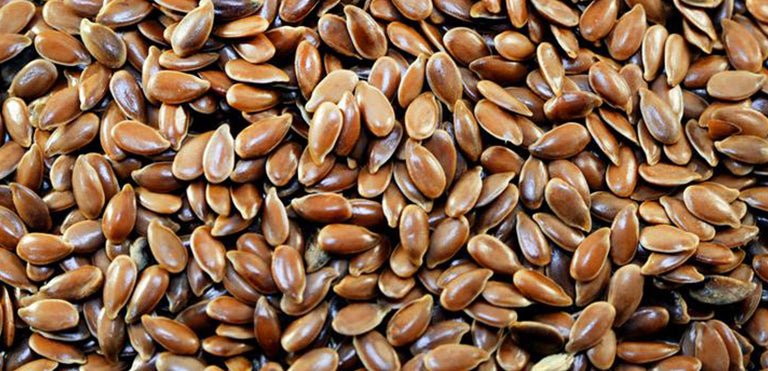1. Its cultivation requires less pesticides and fertilisers
Flax, the source material for linen, is undemanding when not vulnerable to pests (compared to cotton). Useful animals like insects are not eradicated and cultivation is more environmentally friendly. Yay.
2. Linen does not require artificial watering
Flax is very adaptable. It simply takes what is there and normally does not require further artificial irrigation.
3. It can be cultivated locally
That means the linen is not shipped through half of the world to get processed in the factories. Rather, ways are short and direct.
4. It has a high yield
Flax has a high yield. That means, that in a specific area many plants can grow and be harvested.
5. Flax can be used in a crop rotation system
In contrast to monocultures, a crop rotation system is healthy and nutritional for the soil where it is planted and does also help insects to be able to feed from different plants.
6. Linen is diverse
Flax can not only be used for clothing. That means, that a high share of the whole plant can be used to produce a variety of goods. This prevents waste and helps different industries.
7. Linen is durable
The final fabric is durable and easy to take care of. When not too dirty, you can simply hang it outside and it will lose its smell quickly, just like wool does.
8. It has super nice properties on your skin
Linen has a special cooling effect and is therefore ideal for warm days. Also, it is strong, lightweight, and most importantly, durable, so you can use it for a long time!
9. Linen has history
The Egyptians used linen thousands of years ago (rich and poor Egyptians alike) and there is evidence that as long as 34,000 BC, people were using linen-like clothing.
10. Linen is biodegradable
Linen is compostable and will therefore not lie on landfills years and years after being disposed. It will either be composted or recycled if you dispose of it correctly.
Flax, the source material for linen, is undemanding when not vulnerable to pests (compared to cotton). Useful animals like insects are not eradicated and cultivation is more environmentally friendly. Yay.
2. Linen does not require artificial watering
Flax is very adaptable. It simply takes what is there and normally does not require further artificial irrigation.
3. It can be cultivated locally
That means the linen is not shipped through half of the world to get processed in the factories. Rather, ways are short and direct.
4. It has a high yield
Flax has a high yield. That means, that in a specific area many plants can grow and be harvested.
5. Flax can be used in a crop rotation system
In contrast to monocultures, a crop rotation system is healthy and nutritional for the soil where it is planted and does also help insects to be able to feed from different plants.
6. Linen is diverse
Flax can not only be used for clothing. That means, that a high share of the whole plant can be used to produce a variety of goods. This prevents waste and helps different industries.
7. Linen is durable
The final fabric is durable and easy to take care of. When not too dirty, you can simply hang it outside and it will lose its smell quickly, just like wool does.
8. It has super nice properties on your skin
Linen has a special cooling effect and is therefore ideal for warm days. Also, it is strong, lightweight, and most importantly, durable, so you can use it for a long time!
9. Linen has history
The Egyptians used linen thousands of years ago (rich and poor Egyptians alike) and there is evidence that as long as 34,000 BC, people were using linen-like clothing.
10. Linen is biodegradable
Linen is compostable and will therefore not lie on landfills years and years after being disposed. It will either be composted or recycled if you dispose of it correctly.









